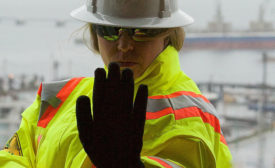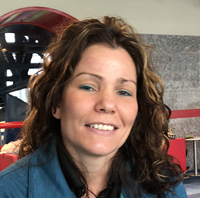Home » employee-manager attitudes
Articles Tagged with ''employee-manager attitudes''
“We invented nothing ourselves but incorporated learnings”
Read More
Worker engagement requires enabling workers to speak up
Empowering is not enough – you must ENABLE!
May 24, 2019
Creating the right climate for safety
Leaders need to show their competency, and their caring for co-workers
April 18, 2019
Actively Caring for People’s Safety- AC4P
4 STEPS to cultivating a brother’s/sister’s keeper culture
If you see something, say something
April 15, 2019
Report problems & precursors early & often
Hey, you — keep that door open!
January 16, 2019
When your safety process goes stale
Assess program momentum, relevance & branding
November 29, 2018
Never miss the latest news and trends driving the safety industry
eNewsletter | Website | eMagazine
JOIN TODAYCopyright ©2024. All Rights Reserved BNP Media.
Design, CMS, Hosting & Web Development :: ePublishing











